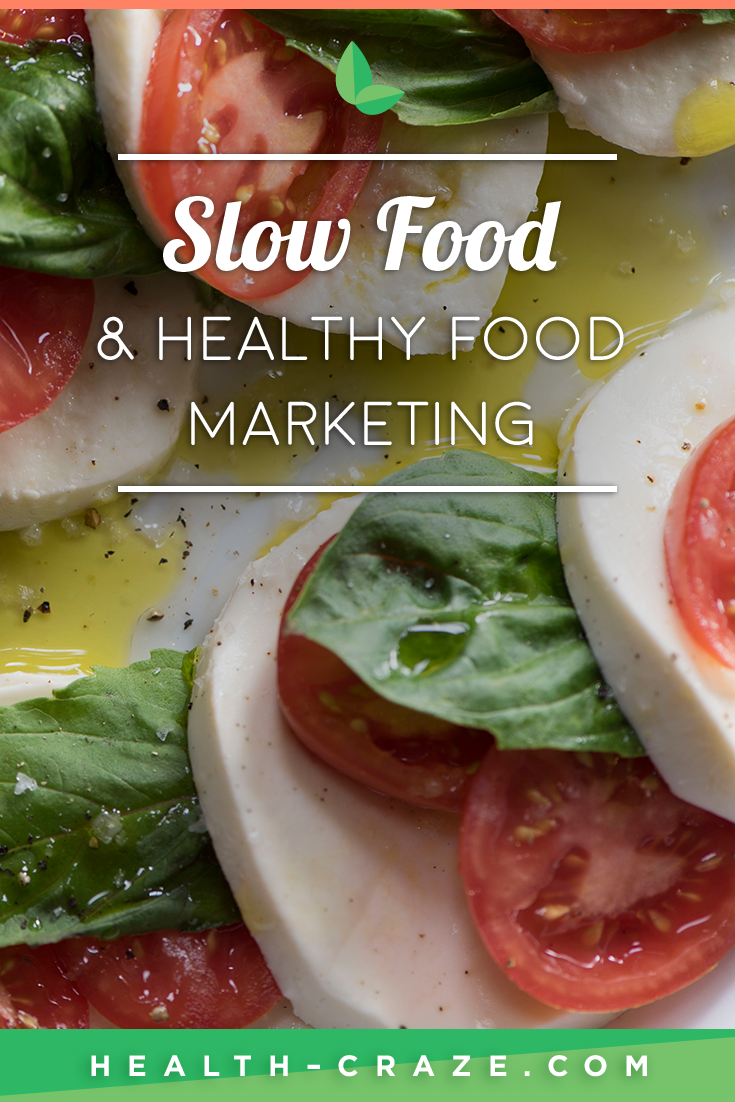Before scientific evidence explicitly told us how bad fast food is for us, we relied on signs from our bodies (stomach aches, sluggishness, weight gain, etc.) to confirm what we already knew: this food isn’t healthy.
Italians, who have always eaten cleaner foods, already knew this and took action to keep fast food chains far away. In 1989, Carlo Petrini spearheaded a movement to protest a McDonald’s intended to be built at the Spanish Steps in Rome. That mission, called Slow Food has since evolved globally.
The Slow Food movement emphasizes the importance of good food in culture and to keep mealtimes sacred.
The idea that local gastronomic traditions are central to the history of a region and that fast food does more harm than just to your health, is gradually making its way to the US.
Originally, it was only the quality of fast food that made us pause as consumers, not the long terms affects.
Now, a new study conducted at George Washington University found the high-in-calorie, low-in-nutrition meals leave industrial chemicals in our bodies. The chemicals, otherwise used to make plastic materials more flexible, seep into food through the packaging process. Therefore, not only does fast food contain empty calories that make you lethargic, fat and generally hungrier, but it also has an added ingredient that can have much more severe health effects.
Although fast food consumption is on a decline in the US, 50 million Americans still eat at one of the 200,000 fast food restaurants every day.
Which means that these franchises are still crushing smaller local businesses in a big way. In 2014, Business Insider published the top 20 most lucrative fast food chains – all of which were making over 2.6 million dollars annually. As part of Petrini’s vision in creating Slow Food, the organization works throughout 150 countries with more than 150,000 members to keep local food alive.
Members are encouraged to take back their health and their communities by enjoying “food that is good for them, good for those who grow it and good for the planet.”
In an article published in Today’s Dietitian on Slow Food, dietitians advise easing into the Slow Food lifestyle by taking baby steps. Newbies are encouraged to start with a focus on breakfast and ease into the lifestyle. Pushing too many changes too quickly on consumers can discourage them from adopting Slow Food ideals, so brands can take steps towards transparency, real ingredients, and sourcing instead of pushing too many changes on consumers at one time.
As breakfast is the touted as the most important meal of the day, it’s a good place for marketers to start.
If nutrition and balance can be mastered at breakfast, this philosophy of slowing down to embrace the lifestyle of food that’s healthier for consumers and healthier for the planet can’t be far behind.


